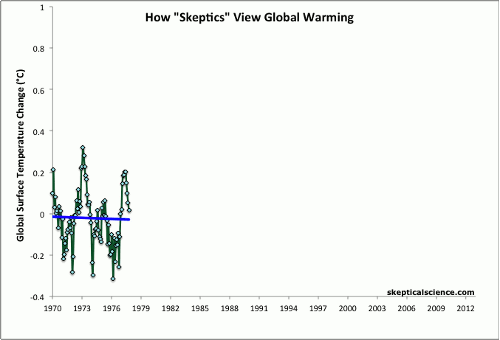He tends to be a skeptic no doubt. But, so do I. I haven't seen him discuss the effects of tobacco but I tend to be a skeptic about most environmental issues that tend to be hyped.
I understand normal spectrometry with conventional x-y axis but the radiosonde graph is something I haven't seen. (They plotted some of these data sets on the graph I posted below.)
That's a different debate. Maybe if government incentivized corporations to invest more with the stipulation that the investments don't restrict open sharing. I like a capitalistic approach. I don't know how much open sharing funding Google or Apple do.
Its OK to be skeptical, but there is a fine line between skeptic and denialist. Scientists are skeptics most were very skeptical of AGW when it was first suggested (just like any paradigm-shifting discovery), but as the evidence accumulated more and more embraced it as fact. Singer is not a skeptic hes a denialist. Even worse he appears to be a denialist-for-hire. If I were you Id look into his history and reconsider trusting him as a scientific authority.
I actually located a copy of Singers paper (
here). Having read it and some background it appears that his central claim is that there is a statistically significant difference between the UAH satellite dataset and climate models in the tropical lower troposphere. This is essentially the same song and dance that Spencer and Christy (who derived and maintain the UAH dataset) have been performing since 1990. Granted back then there was a significant difference between their data and the models, but since then several errors have been discovered in their analysis (by themselves and others) and several revisions have been made that have brought their trend closer to what is predicted by the models.

There are more suggestions still that may improve the agreement between UAH and the models, such as including the forcings of the two major eruptions in the satellite era (El Chicon and Pinatubo) and correcting for the stratospheric cooling bias. Today its still true that UAH shows a slightly lower than expected tropospheric temperature trend in the tropics (UAH currently shows 0.14 C/decade, while models indicate it should be about 0.2 C/decade). Whether this is statistically significant and calls into question our understanding of atmospheric physics and confidence in our ability to successfully model future climate is essentially the point of contention. Santer et al. found that the difference is not statistically significant
here is his paper which Singer attempts to rebut. I dont have the data or knowledge of statistics to evaluate their claims, but Ill take Santers word for it over Singer considering Singers history, the history of corrections to the UAH dataset, and the fact that its the outlier. UAH is only one of several groups analyzing satellite data, and they only find a discrepancy between observed and modelled warming trends only in the lower troposphere only at the tropics.
of balloon and satellite data but it is pulled from an earlier referenced work from Spencer and Christy.
These arent spectra and I dont see it in the Singer paper. Is this the figure you meant to post?
However, I do agree with you that the surface temperature record did show an increase to about 1997.
Thats such a typical example of cherrypicking. Im just going to leave this again.







